
Daily Rhythms 24 Hours of Change


Daily Rhythm Objectives:
- Provide examples of daily rhythms, including potential advantages of diurnal, nocturnal, and crepuscular activity.
- List endogenous and exogenous impacts on circadian rhythms.
We typically follow a daily schedule: wake up, get dressed, eat, go to work, come home, eat dinner, relax, sleep. Or some version of a schedule that repeats each day. And we have far more choice than other organisms that are strongly influenced by cycles of light and dark. This section explores daily rhythms.
In many parts of the world, mornings are characterized by bird song.
Most animals have rhythms with activity concentrated at certain times of the day.
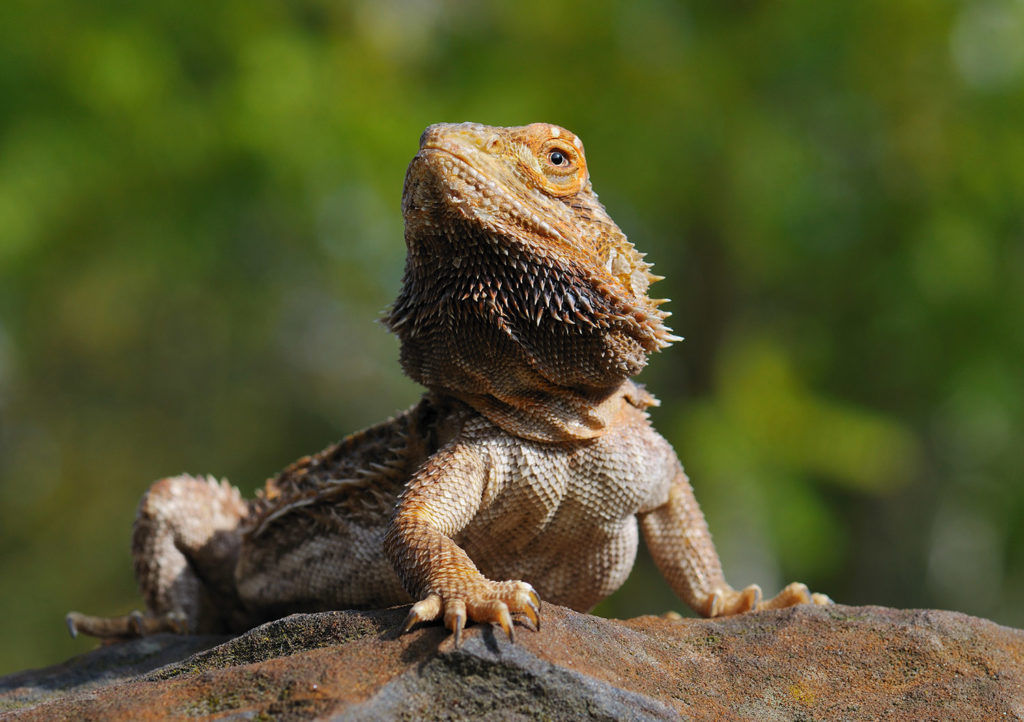
Diurnal
Active during daylight hours.
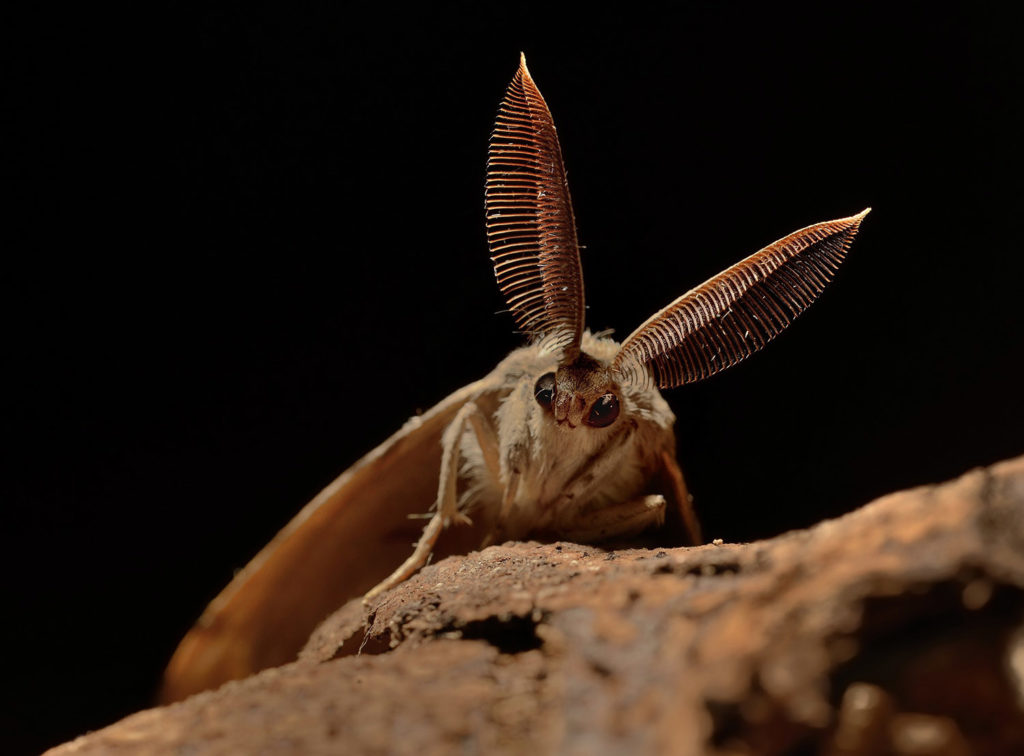
Nocturnal
Active during the night.
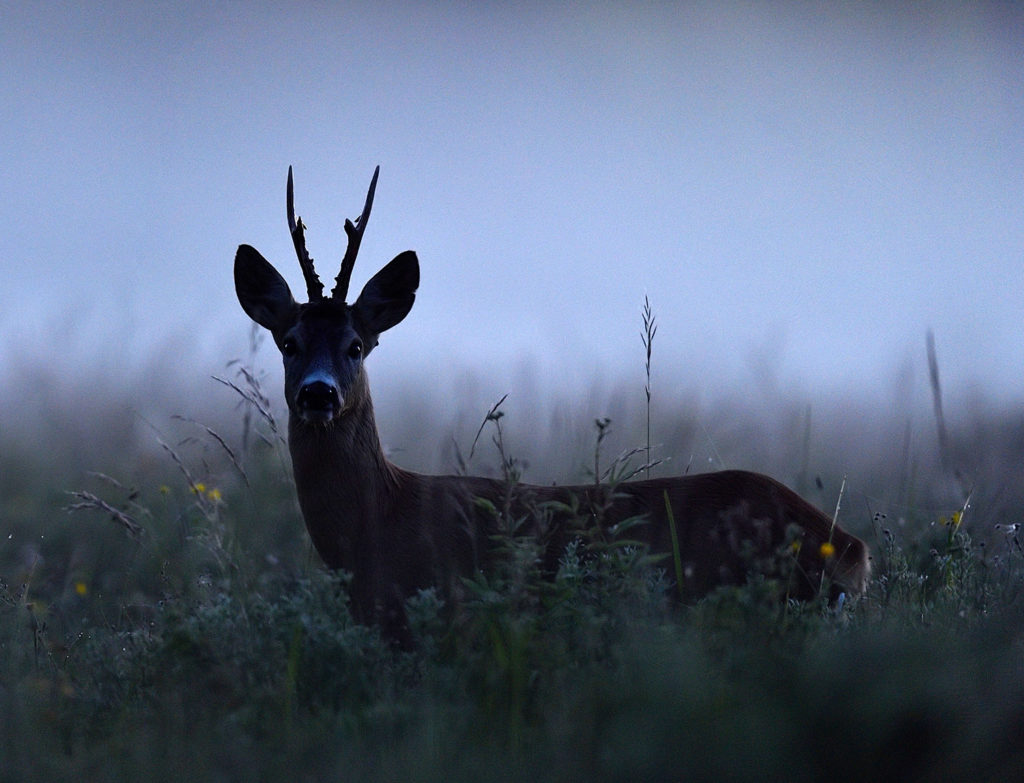
Crepuscular
Active during dawn and dusk.

Much of life exists in the daylight. Plants photosynthesize, with extreme examples like the massive flower heads of sunflowers tracking the movement of the sun through the sky.

Organisms that rely on vision hunt for prey, find mates, and defend territories.
Crepuscular animals may use the dawn and dusk hours to avoid predation or extreme temperatures.

There are many potential advantages of nocturnal activity.
What are two you can think of?
Potential advantages of nocturnal activity
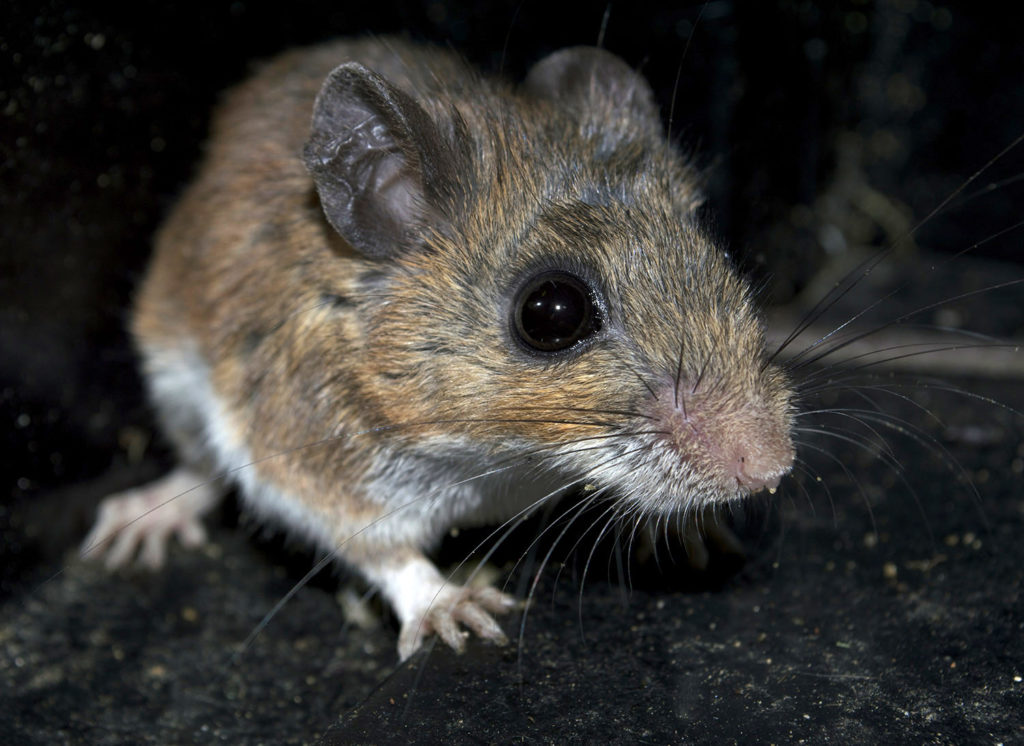
Cooler Temperatures
Night conditions are typically cooler and moister, critical for some desert species.
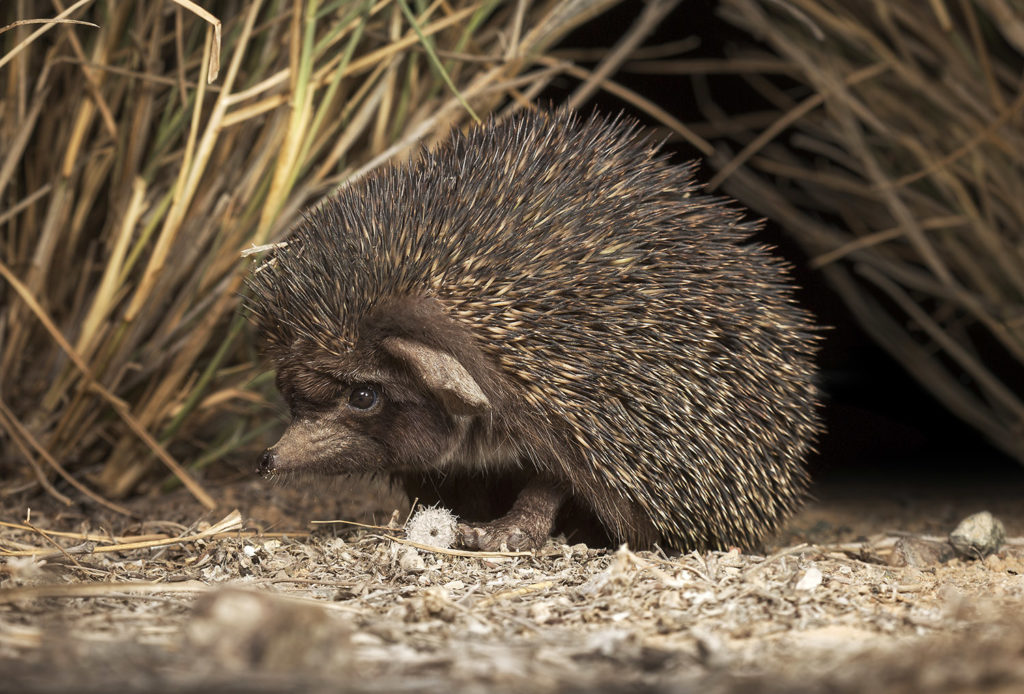
Predator Avoidance
Nighttime activity may reduce exposure to predators that rely on vision for hunting.
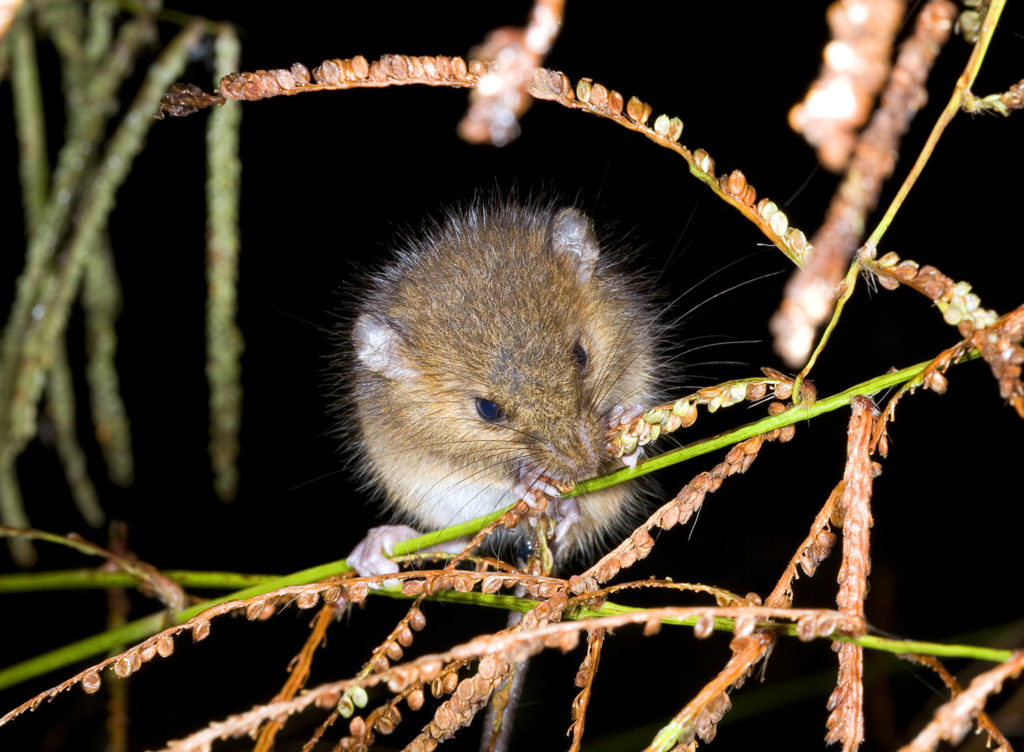
Reduction of Competition
Organisms that eat similar foods, like seeds, may have reduced competition at feeding sites when foraging at night.
If you are thinking of collecting local isopods as pets, no matter where you are, terrestrial isopods are primarily nocturnal. This may reduce exposure to predators.
This video shows two spectacular species of the Porcelio genus.
Many pets have strong circadian rhythms. Our two Bengal cats are about five generations removed from a cross between a domestic cat and the wild leopard cat which hunts at night. Even though the boys tour the garden with us during the day, they spend hours watching potential prey in a fenced kennel at night.


Sleeping, or decreased activity, is a component of daily circadian rhythms.
Animals with a central nervous system (brains and spinal cords) can increase or decrease the activity of various organs. Sleep is characterized by a decrease in sensory activity and a resulting decrease in reaction to the environment.
During sleep, overall metabolism (cellular activity) decreases and cells engage in building and repair activities with the nervous, muscular, and skeletal systems. This contrasts with waking activities like obtaining food and building structures, which require high cellular activity and the breaking down of food molecules for energy.
Factors Impacting Daily Rhythms
Daily rhythms, also called circadian rhythms, are impacted by a combination of factors.
Exogenous (external) factors include sunlight and temperature
Endogenous (internal) factors include hormones and nervous activity
One of the species used as a model for studying the factors that impact circadian rhythms is the vole. There are many vole species and most are nocturnal.
This video of meadow vole trails that have been made after a grassland fire gives an indication of the large numbers of voles in the Willamette Valley.
This is a montane (mountain) vole. We are going to look at how experiments have demonstrated that a variety of factors impact their levels of activity.
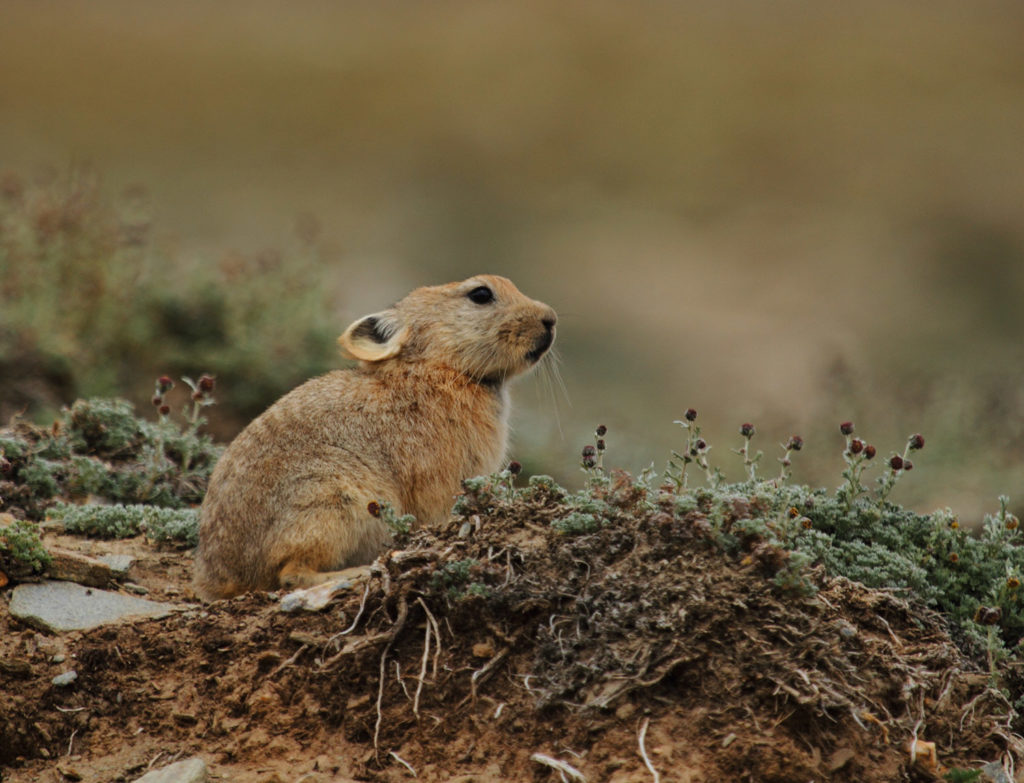
Environmental factors can alter daily rhythms. During the 2020 western forest fires, the sky was so dark from ash that the male crickets in our yard began to chirp at noon instead of at night. Spiders that typically spun their webs at night had to make them throughout the day as they filled with debris. There will be more on the fires later in this guide.
Circadian rhythms are not absolute. These house crickets are heating up in the sun, even though they are typically nocturnal. We’ve observed that after weeks in a tank without predators, the crickets appear to not follow the tight nightly activity cycle they do when predators are present.
Portfolio Information
Some people have asked whether they can build their final portfolio around a single theme like “Oregon Coast” or “Garden.” The rationale is that the portfolio could be used to support future trips and endeavors. The short answer is “yes” and this video explains how you can use a theme if desired, as we did for our own field guides preparing for this course. Plus we get to see a few cool species of Armadillidium Isopods :).
For some people, the portfolio is taking shape as a type of journal (digital or paper) documenting their learning journey through this course. Field journals can be more than just taking notes on location, you can “pre-load” them with maps, images, and information to enhance your experience in the field. For this course, your final portfolio will be pre-loaded with your work from this course that you can look back at in the future. You can also add empty labeled pages (or slides, frames, etc.) for future field work.
The next section examines weather and its impacts on organisms.

Check your knowledge. Can you:
- Provide examples of daily rhythms, including potential advantages of diurnal, nocturnal, and crepuscular activity?
- List endogenous and exogenous impacts on circadian rhythms?



